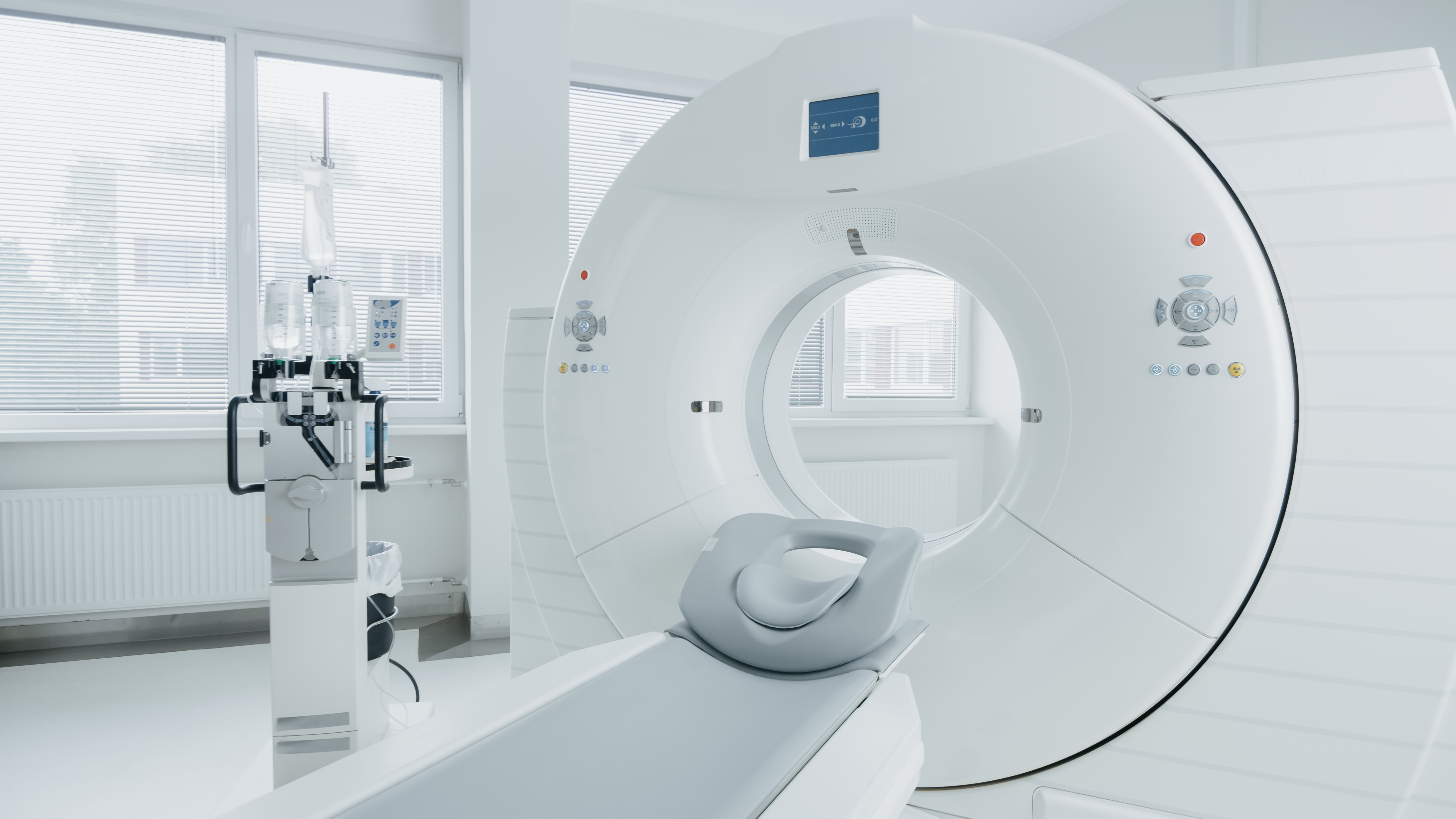
Metabolic changes in melanoma metastases detected on early fluorodeoxyglucose F-18 (FDG) positron-emission tomography/computed tomography (PET/CT) imaging may be predictive of response to pembrolizumab—and significantly correlated with progression-free survival, according to a recent study published by Anderson et al in Clinical Cancer Research. In the prospective pilot study, researchers enrolled 21 patients with advanced melanoma scheduled to begin treatment with pembrolizumab between November 2016 and November 2019. The patients were required to have at least one measurable lesion and could not have received previous anti–PD-1 or anti–PD-L1 therapies. FDG PET/CT imaging was performed on each of the patients within 4 weeks prior to initiation of pembrolizumab and again about 1 week following the first dose of pembrolizumab. The scans were then evaluated for changes in maximum standardized uptake value (SUVmax), and thresholds were identified by receiver operating characteristic analysis. Metabolic flare was defined as a > 70% increase in tumor SUVmax and metabolic response was defined as a > 30% decrease in tumor SUVmax. The researchers noted that two of the patients did not complete both imaging scans and were excluded from the study. They found that a metabolic flare or response was identified in 55% (n = 6/11) of the responders and 0% (n = 0/8) of the nonresponders, with an objective response rate of 100% in the metabolic flare or response group and 38% in the stable metabolism group. A metabolic flare or response was associated with T-cell reinvigoration in the peripheral blood and immune infiltration in the tumor. Overall survival at 3 years was 83% in the metabolic flare or response group and 62% in the stable metabolism group. Median progression-free survival was > 38 months (median = not reached) in the metabolic flare or response group and 2.8 months (95% confidence interval [CI] = 0.3–5.2) in the stable metabolism group. In a companion press release on the findings from the American Association for Cancer Research, the study authors concluded: “[T]his has the potential to be broadly applicable and offer physicians the ability to de-escalate therapy or avoid surgery in patients who are responding [to treatment], identify nonresponders who may need an escalation of therapy, and to be used in phase I clinical trials to test if the therapy is working.”